Natural Counting
Most parents shall have some experience with teaching their children the art of
counting. And nobody will deny that there exist large individual differences
between one child or another. Personally, I find children who are not
exhibiting so much "intelligence" from their own the more interesting.
Maybe because a "not so smart child" mimics more or less the difficulties
we would encounter with trying to learn a stupid machine how to count any
elements in a set - how would a computer or a robot perform on "cardinal
numbers"? But, in order not to embarrass anybody, let me give that child
of ours a fictive name. Let's call him Tommy, but assume he is not that
much of a "deaf, dumb and blind kid":
When teaching our little Tommy how to count, we started with a few apples
in a dish. And we asked him: how many apples are there in that dish?
Though Tommy knew some of the counting words (ordinals) -
one, two, three, four, five - he couldn't apply them to that set
of apples (cardinals). This remained so for a while. While carefully
observing the child, however, it gradually became clear that he always
made the same mistake.
One way or another, he wasn't able to count each apple only once.
So he attached more than one counting word to each apple.
And he kept running in circles, until he was bored. "Ten, mama!"
Obviously, the most important idea to be grasped here is that the
elements in a set have to be distinguished from each other.
If our little Tommy doesn't effectively understand how, or why, to do this,
then he will go on and on, until he becomes bored eventually or - if you
are lucky - until his limited set of ordinal numbers becomes exhausted.
As a rule, the latter happened rather quickly. Indeed, while looking into
that dish, all apples are looking the same. If the child is not allowed
to mark each of the apples, with a dirty wet finger for example, then he
has no means to distinguish one apple from another and he will count some
of them more than once. While this seems not to be much of a problem for
a dish with five apples, try to present a dish with a hundred apples or so
to any adult person and ask him / her to count them, just by looking.
The keyword here is marking. But, instead of the child's dirty wet
finger, there is another, neater solution that can be thought of.
After a couple of fruitless attempts, we did the following.
Tommy was forced to take an apple out of the dish. And at the same
time say a counting word. Then the miracle happened: after the last apple
was taken out, he stopped counting. The Halting Problem was finally solved!
With every act of the kind, let it shout the next ordinal number.
Then, instead of the endless loops in the past, suddenly a stopping
criterion seems to be present. And, as soon as the dish is empty,
there is no reason to count any further. A few pictures say more than a
thousand words.
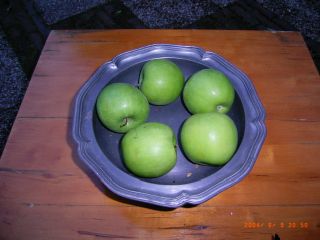
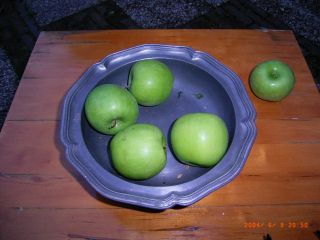
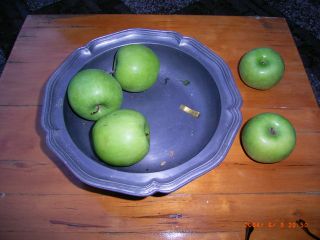
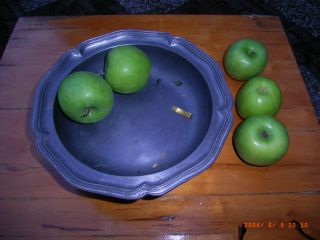
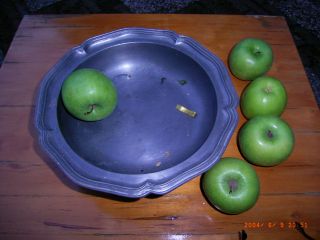
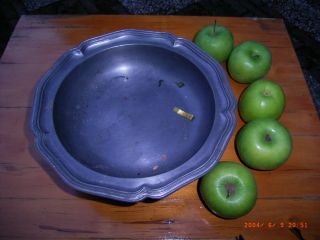
Examine now Tommy's counting process in detail. Taking apples out of
the dish does actually destroy the set you want to determine the
cardinality of. Even more general, it is impossible to count a set
without disturbing it, one way or another. Even if you count apples
by just taking a good look, you have to shoot photons at them,
since you can't see them without light. Apart from this, you have
to remember which one has been enumerated already. So you have to
put marks upon the apples, at least in your mind. But as soon
as an element is marked, then it isn't the "same" element anymore.
The elements have been changed while counting them. Or, which is
basically the same: they belong to another set.
All this should'nt be surprising, since counting is a physical
process, sort of a measurement, in its simplest form. According to
quantum mechanics (and common experience confirms it) any form
of measurement implies a disturbance.
We conclude that, in the process of counting, at least two sets
are involved:
- the set of apples which is still to be counted ("past")
- the set of apples which has already been counted ("future")
The "past" set is destroyed, while the "future" set is created.
A child fails to comprehend how to assign a number to the elements
in a set. I went through Tommy's school-books and, after all, I wasn't
much surprised. According to the teaching methods in those books,
the children learn the order of the counting words. Sure. And they
learn when two sets have an equal number of elements. But perhaps
the more difficult problem is: how to assign a counting word to the
number of elements in a set. Mathematically speaking: what is the
relationship between ordinals and cardinals? In a sense that can be
made clear to a little child? The picture is completed by
Keeping a Tally of the counting:






| || ||| |||| |||||
Teaching methods in our schools are related to "modern" mathematics
("New Math" - sic: from the previous century), with sets that "exist"
forever and do not "change". Therefore I'm pretty sure that the above
practice does not belong to the standard equipment for teaching numbers;
the dynamics of this is contradictory to the statics of set theory based
mathematics.